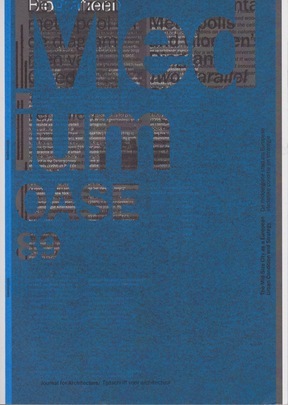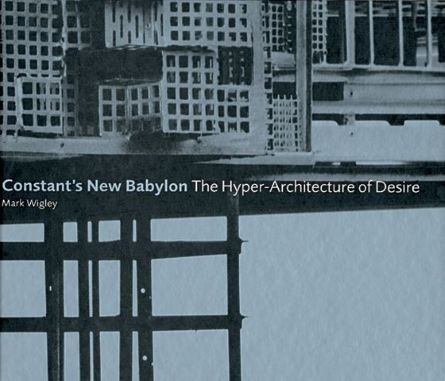Henri Lefebvre: Right to the City (1968–) [FR, ES, EN, BR-PT]
Filed under book | Tags: · city, form, industry, marxism, philosophy, theory, urbanism, utopia

Lefebvre’s highly polemical book on the city was completed in 1967 to commemorate the centenary of the publication of Marx’s Das Kapital, and came out before the events of 1968.
David Harvey wrote about its central thesis: “The right to the city is far more than the individual liberty to access urban resources: it is a right to change ourselves by changing the city. It is, moreover, a common rather than an individual right since this transformation inevitably depends upon the exercise of a collective power to reshape the processes of urbanization. The freedom to make and remake our cities and ourselves is … one of the most precious yet most neglected of our human rights.” (Source)
First published in book form as Le droit à la ville, Anthropos, Paris, 1968.
English edition
Translated and Introduced by Eleonore Kofman and Elizabeth Lebas
Chapter in Writings on Cities
Publisher Blackwell, 1996
ISBN 0631191879
pages 61-181
Wikipedia (EN)
Commentary: Notbored.org (2006).
Le droit à la ville (French, one chapter only, 1967)
El derecho a la ciudad (Spanish, trans. J. Gonzalez-Pueyo, 4th ed., 1969/1978, 38 MB)
Right to the City, in Writings on Cities (English, trans. Eleonore Kofman and Elizabeth Lebas, 1996, ARG)
O direito à cidade (Brazilian Portuguese, trans. Rubens Eduardo Frias, 5th ed., 2001/2008, 5 MB)
For more from Lefebvre see Monoskop wiki.
Comment (0)OASE Journal for Architecture, Nos. 1–90 (1981-2013) [Dutch/English]
Filed under journal | Tags: · architecture, city, design, history of architecture, space, theory, urbanism


“OASE is an independent, international, peer-reviewed journal for architecture that brings together academic discourse and the sensibilities of design practice. OASE advocates critical reflection in which the architectural project occupies a central position, yet is understood to be embedded in a wider cultural field. Intersections and affinities with other disciplines are explored in order to gain a more profound understanding of the practice and theory of architecture and rearticulate its disciplinary limits. Published three times a year, each OASE provides a rigorous investigation of a specific theme, featuring architecture, urban design and landscape design and insisting on the discussion of the historical and theoretical aspects of contemporary issues.”
Editorial board: Tom Avermaete, David de Bruijn, Job Floris, Christophe van Gerrewey, Christoph Grafe, Klaske Havik, Anne Holtrop, Ruben Molendijk, Bruno Notteboom, Véronique Patteeuw, Hans Teerds, Gus Tielens, Tom Vandeputte
Publisher NAi Publishers, Rotterdam
Open Access
View online (individual articles as JPGs and PDFs; issues 1-44 appeared in Dutch only)
Comment (0)Mark Wigley: Constant’s New Babylon: The Hyper-Architecture of Desire (1998)
Filed under book, catalogue | Tags: · architecture, capitalism, city, desire, situationists, urbanism

“From 1956 to 1974, the artist Constant Nieuwenhuys worked on a radical proposal for a future architecture. All traces of traditional buildings and social institutions would be abandoned. Everyone would drift through vast labyrinthine interiors and continuously reconstruct the spaces around them to satisfy any desire or stimulate new ones. Architecture becomes a pulsating display of group psychology. This monograph provides the first complete record of the project and includes a selection of texts by Constant and Guy Debord. Published on the occasion of the New Babylon retrospective at Witte de With, Rotterdam, in 1998.”
Publisher Witte de With, and 010 Publishers, Rotterdam, 1998
ISBN 9064503435, 9789064503436
256 pages
PDF (removed on 2018-12-5 upon request of image copyright holder)
Comments (2)
